Vocab;
- Panbo 襻膊/攀膊 (pàn bó) - a long strip of cloth to tied up the sleeves for working conveniences. What it is being called nowadays.
- Bisheng 臂绳 (bì shéng) - "arm rope." Another way to call panbo (襻膊).
- Fubo 缚膊 (fù bó) - "bound." Another way to call it panbo.
- Gongtao 宫绦 (gōng tāo) - "norigae." Commonly a pendant worn by men with long ropes attached and wrapped around waist. Can be worn over hanfu belt or as a belt. It is a decorative accessory like a women's sachet.
- Tasuki - Japanese name for calling the same products and usages.
History;
According Shěncóngwén's (沈從文) "Research on Ancient Chinese Outfit (中國古代服飾研究·宋百馬圖中馬伕)", panbo is a type of clothing invented in the Song Dynasty by working people for conveniency. It is to secure the long sleeves in a bundle with the panbo so that it won’t get in the way of performing tasks such as farming, cooking, and washing. Besides being called panbo, it is also known as 臂绳 (bì shéng), "arm rope."
Shěncóngwén wrote "宋 人記廚娘事,就提及當時見過大場面的廚娘,用銀索襻膊進行烹調。可知它是 宋 代勞動人民為便於操作而發明的通用工具。特種的才用銀練索,一般大致不外絲麻作成。"
Roughly translated as; "Song people remembered the experiences of cooks who used silver rope as panbo when cooking. You can tell that it is a tool invented by the laborers of Song Dynasty for ease when working. Special type of panbo will be made from silver ropes, general styles will be made from silk and rough linen."
There is little informations that discussed the history of panbo besides saying that it is something invented during the Song Dynasty to bring conveniency. Perhaps the few dynasties after Song also integrated this into their outfits when needed. Even now, people interested in hanfu culture might still use panbo when the long sleeves of their hanfu is getting in the way.
But unlike the past, hanfu nowadays is seen more as an interest towards ancient Chinese culture. People will rarely be wearing hanfu, especially long-sleeved ones, 24/7 or 365 days a year. So even if panbo still exists now, it will be a rare case of someone using it when modern short-sleeves are much more convenient and easy to get around with.
As for the panbo’s tying techniques, people can only based it off the artworks they’ve unearthed. Perhaps there is more than one tying methods, or perhaps there is only one. Even if there is supposed to be one original method, people now have expanded from that one to many more. Afterall, there are no strict rules like hanfu outfits for panbo that draws distinction between the nobles and commoners, or what type of clothing needed to be worn at particular situations. It is simply a tool used mostly by working people who need to earn their income by moving a lot and getting many tasks done daily. So even if there are different tying techniques, as long as it can secure the sleeves up when working, then there doesn't have to be an argument over what is the right and wrong way.
Example Images; (How it looks)
Materials;
Panbo is literally just a long strip of cloth that can be used to tie up long sleeves, so any scraps of cloth can fulfill that purpose. But Chinese people have drawn a distinction between panbo and a useless long piece of cloth, meaning there are people who purposely sew and make the panbo for usages. And panbo are commonly made from materials such as cotton linen, a material whose texture is soft and have a bit of elasticity. It can also be a long cord, such as hanfu belt or norigae (宫绦, gōng tāo).
As for the designs, panbo is usually just one plain color. But nowadays, besides being a plain strip of cloth, there are some who wanted to add few embroideries on it.
Usages;
The length of panbo is usually around 3 meters long.
On both end of the panbo there will be a loose hole created. That hole will leave enough space to slip in an arm on both side along with spaces for sleves.
The middle part of the panbo will be looping over both shoulders to the back and hung at the back of the neck. That will act as a hook to keep the end of the sash and the sleeves from falling down when focusing on work.
Chinese and Japanese Difference;
While China have history of using panbo since Song Dynasty, Japan also have a culture with similar product. Japanese call it tasuki, but it is quite similar and serves the same purpose.
Since they are similar products, it can both be called panbo or tasuki, but can also caused confusion on what it should be called and known as. But to tell the difference is quite simple. Just observed the tying techniques of the sash to tell whether it is used as panbo or tasuki.
The main difference will be whether the sash crisscrossed at the back. Perhaps Japanese also have varieties of tying techniques like China’s panbo. But just considering the most common and known style, Japanese tasuki will have a criss-crossed intersection before looping to the front, and Chinese only hooked at the back of the neck.
Additionally, Chinese panbo is usually around 3 meters long so there is enough length to create the holes for arm to slip through. Japanese tasuki will usually be around 2 meters long since it’s mostly looping back and forth before tying both ends of the sash together into a bow/knot.
Still, this is only the most common and earliest style taken from both cultures. During the Golden Age of Song Dynasty, ancestors already expanded tying method that integrated crisscrossing the sash at the back, and this styles is what most modern hanfu enthusiasts follows by. So if you follow a different technique besides the earliest one, it’ll be hard to tell the difference between Japanese and Chinese by looking whether they have a criss-cross at the back. So when using panbo or tasuki, just depend entirely on your own preference and what tying techniques is more convenient for you.
Example Images; (Chinese Panbo)
Example Images; (Japanese Tasuki)
Tasuki’s Tying Method
- Start by holding one end of the sash. If you need both hands, then use something else to maintain that pull as you work on the other end. (Or you can just bite one end of the cloth.)
- Then gathered one side of the long sleeves in a bundle. (Left arm)
- While tugging with your teeth on one end, use your other free hand that isn’t grabbing the bundled sleeves, and loop under the (left) arm towards the back. As you do so, the bundled sleeves will be secured between tasuki and the under arm.
- When at the back, looped the sash back to the front on the opposite (right) side of the shoulder.
- Then gather the other (right) side of the sleeves and loop the sash under the arm, gathering the sleeves before looping backward.
- The sash will create a criss-crossed intersection as it wraps back to the front over the other (left) shoulder.
- Grab the end that you have been biting on to meet up with the other end that just wrapped to the front.
- They will be at the same side beginning and ending.
- Then you’ll just need to type a knot or bow to finish the tying. If after tying the bow the remaining edges are still a bit long and can get in the way, just gather it up and tuck it in-between the tasuki and chest.
- Later, if the sleeves fall out from the tasuki, you can just gather the sleeves up again and slip it back between the tasuki and arm.
Example Images; (Steps)
Panbo Tying Method (Earliest & Simplest Based off Artworks)
Tutorials images takens from @雪梨粥 on douyin.
- On one end of the cloth, tied out a small hole with enough space for both arms and sleeves.
- Slip in one of the arm (left).
- Gather the (left) sleeves and tuck it into the remaining space. (Optional; You can just let the sleeves hang if it doesn’t bother doing tasks because the long sleeves will be secured at the upper arm and unable to slip down with the tied sash stopping it.)
- The remaining sash right now should be at the front. You’ll then loop the remaining part over the (left) shoulder to the back.
- Make sure the (left) side of the arm that you already finished dealing with can hang down to the side of your body naturally instead of raised in midair. That length from the loop to over your shoulder will be enough space to be comfortable as you work on the other side.
- Then move the sash to the opposite (right) side. This will have the sash appearing at the back over one shoulder, move past the back of the neck to the opposite shoulder and appear back to the front.
- Move the sash over the shoulder to the front.
- Then tied out another hole on the other end of the sash.
- Slip your arm in and gather the sleeves on the other side (right) and tuck them into the remaining space.
More about my articles:

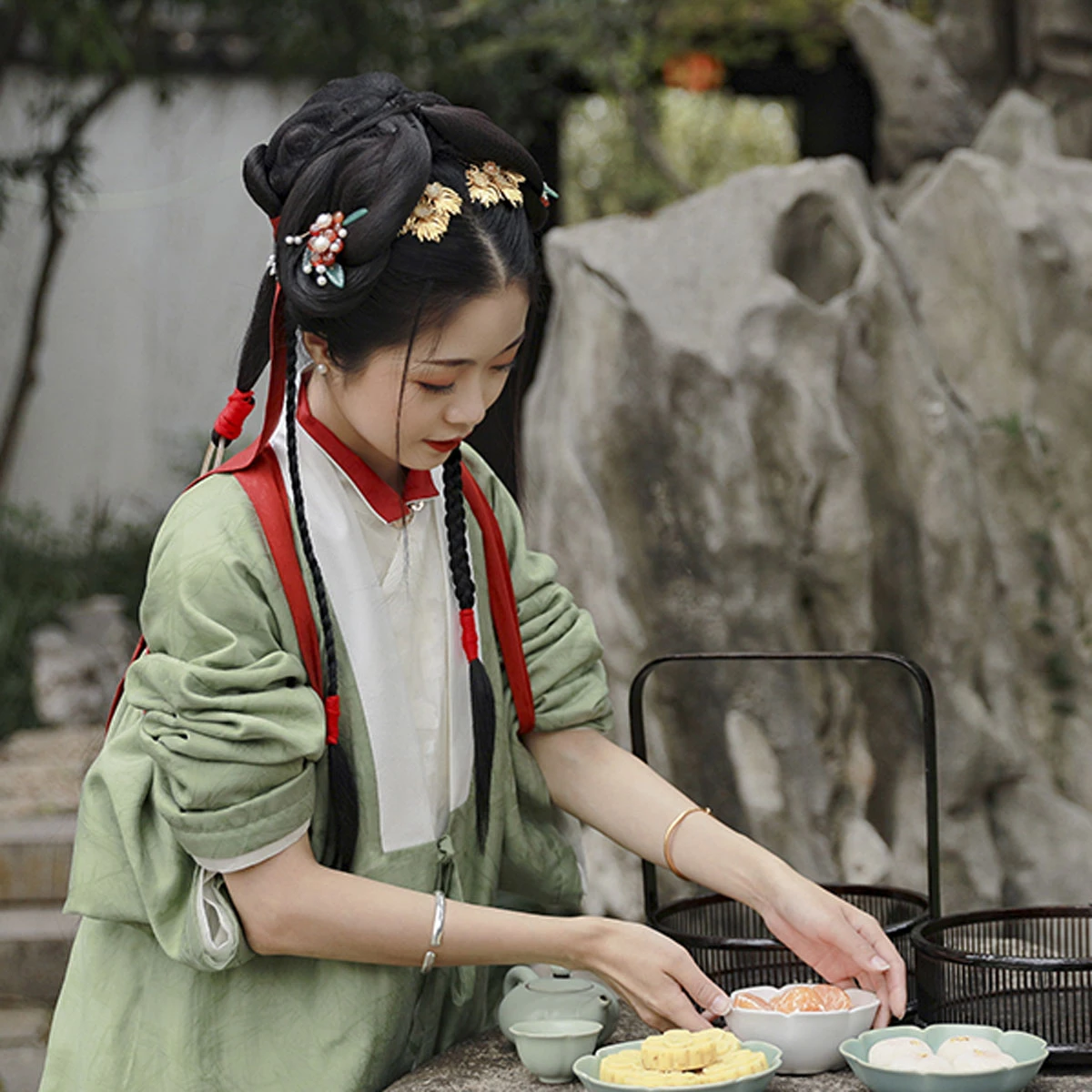
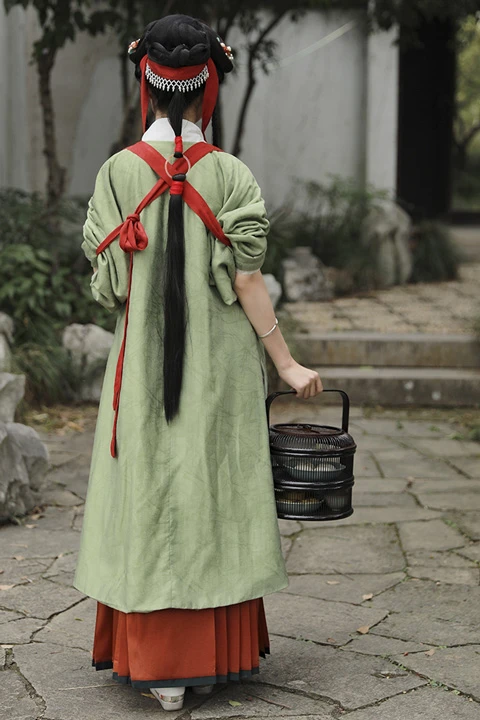
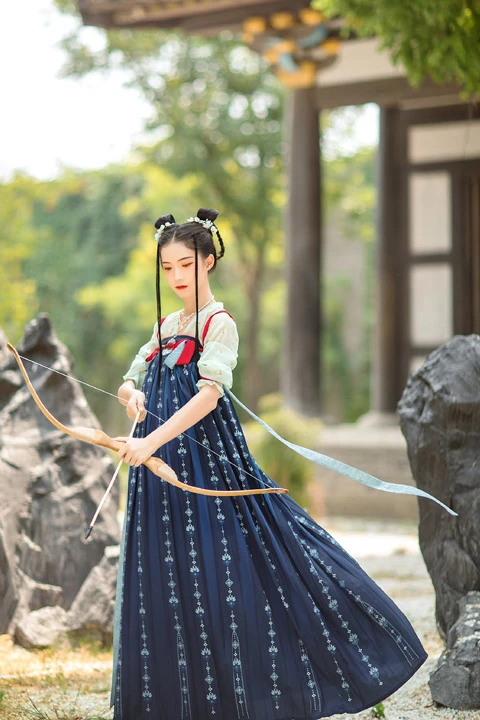
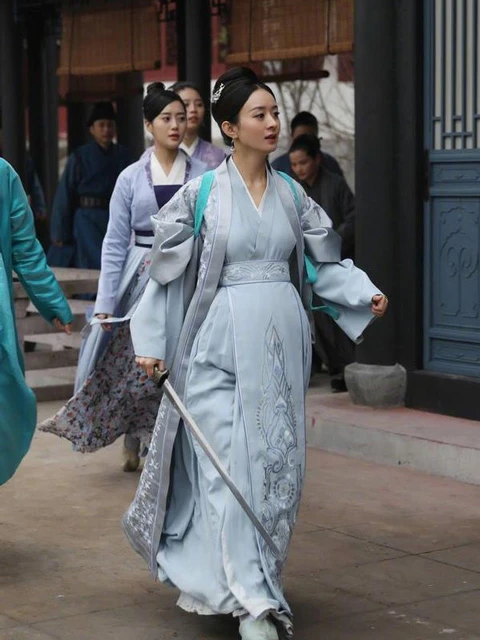
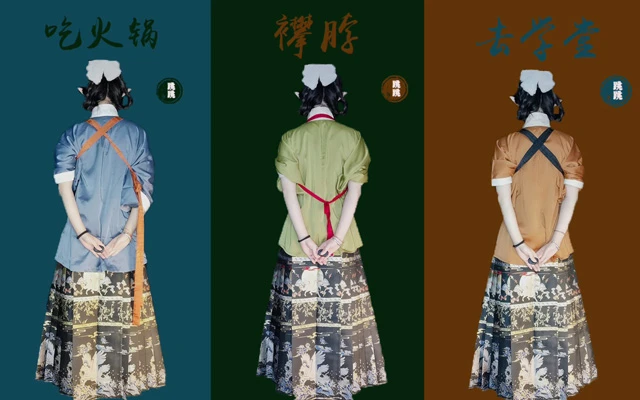
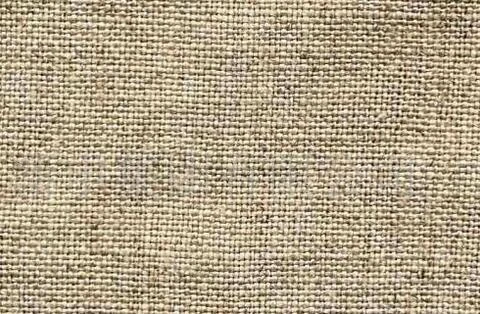
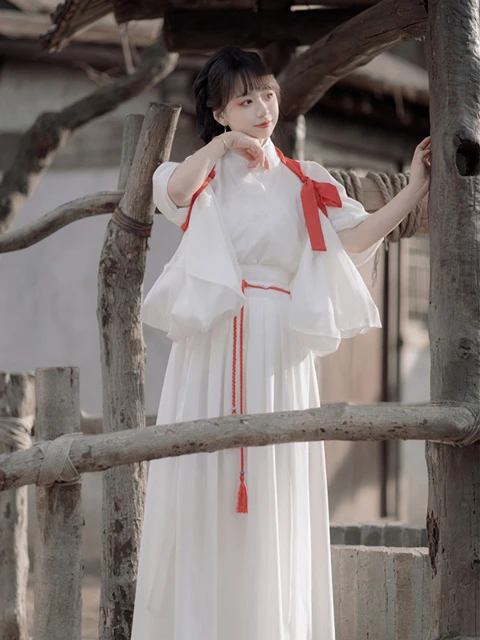
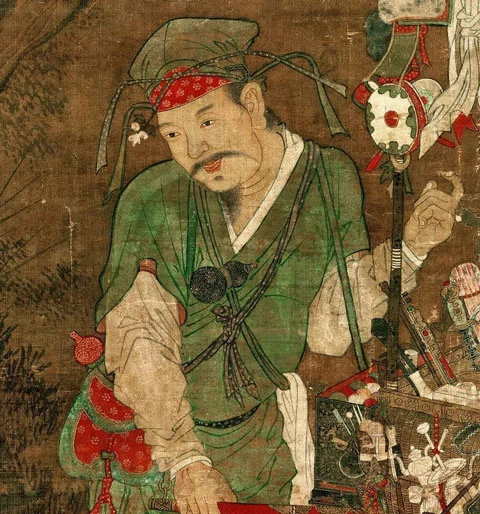
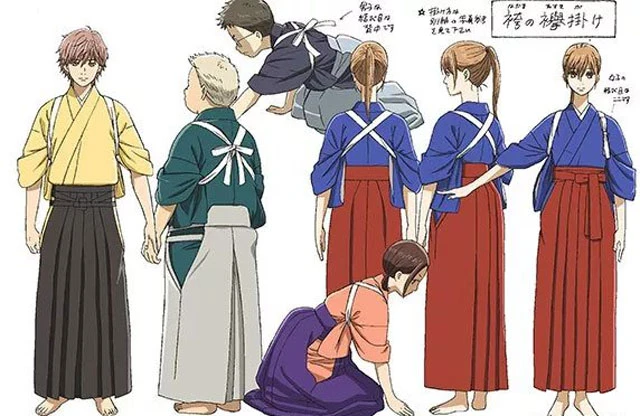
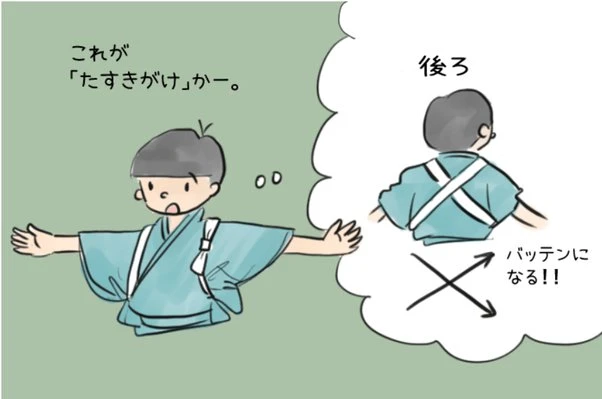
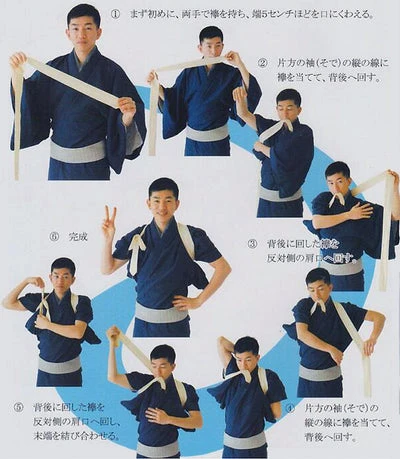
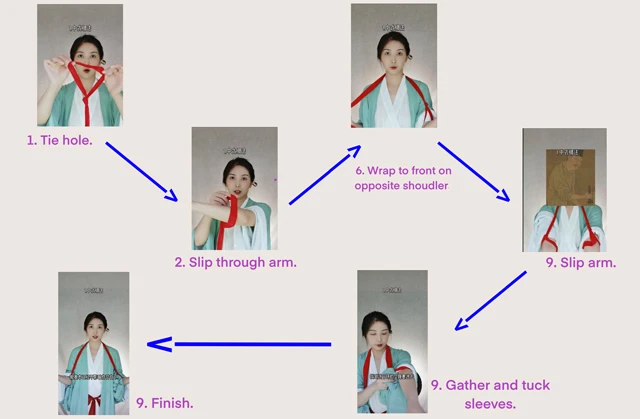

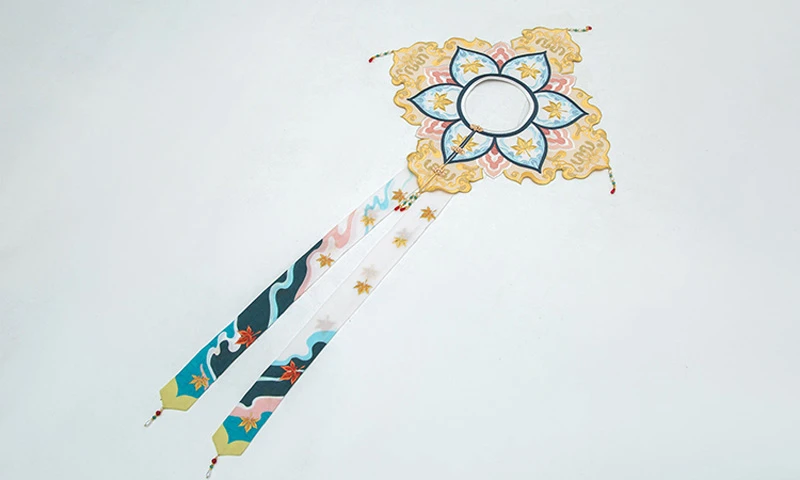
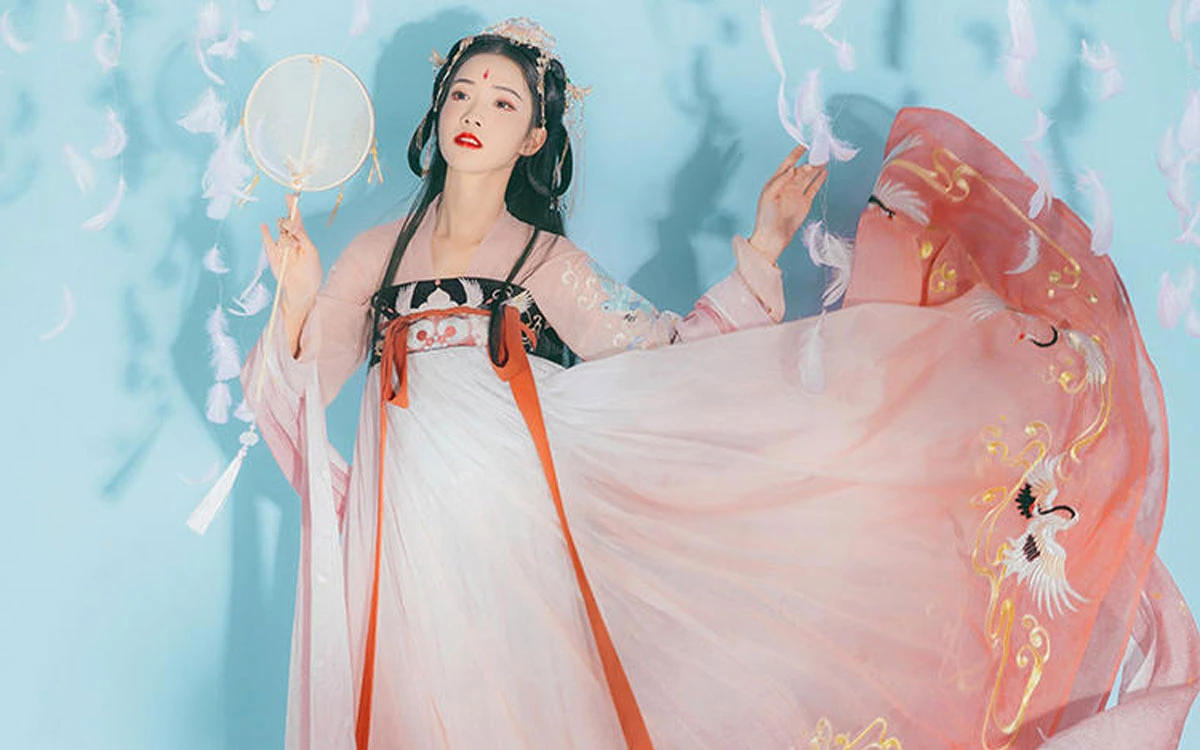

Great article! thanks! 🙂
😍😍😍
Aku baru tau, rupanya ada cara mudah untuk mengatasinya
Baju lengan lebar memang susah repot jika digunakan untuk bekerja,
Complete introduction! Thanks.
I think, there's no way in any point of time, humans use a thing only 1 way. We're really resourceful, and there's quite definitely more way to tie a panbo than we know now 😂
True! One thing can have many ways to say it and many ways to used it. Just over time influenced by the dynasties and region so people mostly forget about the past. So there are some things that starts different but overtime can get mixed easily. 🤣
Thank youu!!!
Such a useful accessory, it's nice to know more about it, thanks!
Thank you for sharing.
Welcome! 😊